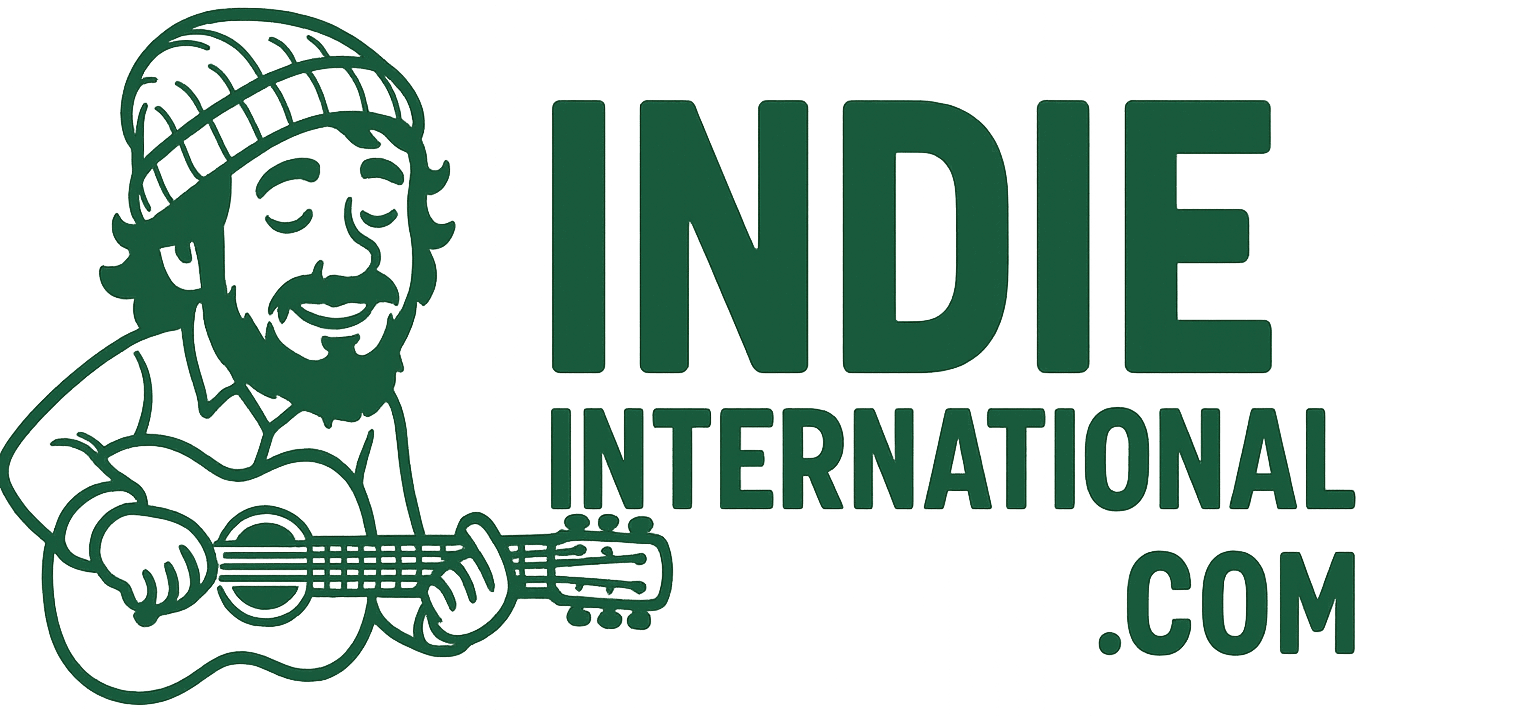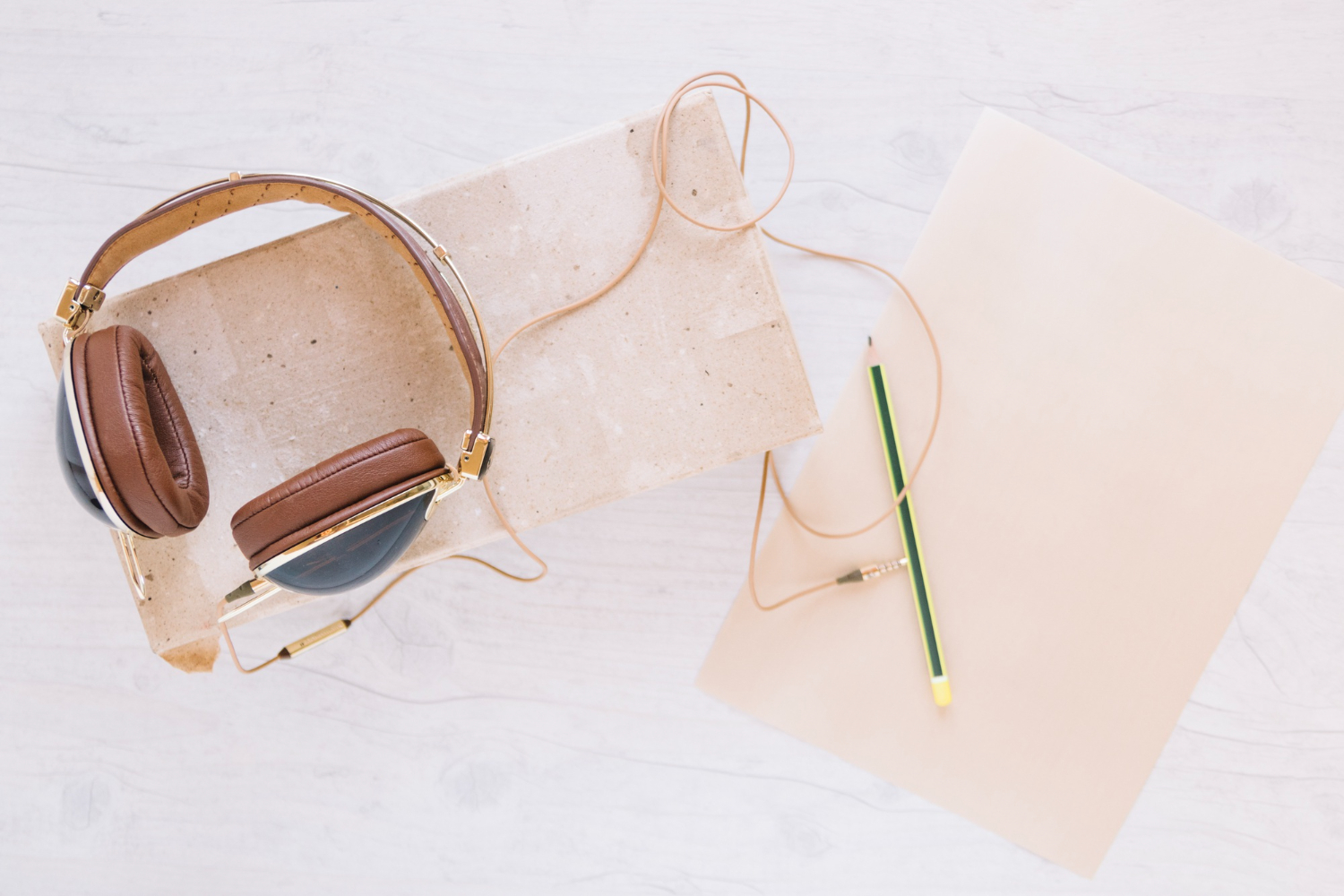Creativity isn’t always a straight line. Some days, ideas flow freely like a river, and other times, they trickle like a slow stream or dry up altogether. Over the years, I’ve experimented with countless methods to spark inspiration, organize my thoughts, and connect emotionally with my songs. One tool that has profoundly transformed my songwriting process is the mood board.
Many people associate mood boards with graphic designers, photographers, or interior decorators. But mood boards have proven to be incredibly useful for me as a songwriter. They help me capture and clarify the feelings, stories, and atmospheres that I want to express in my music before even writing a single lyric or note.
Living on the road in my RV and spending so much time outdoors, I’m constantly surrounded by powerful visuals, sunsets over wide-open plains, weathered barn walls, swirling autumn leaves. These images evoke moods and stories that feed my songs. Mood boards allow me to collect those moments in one place and connect them with the emotions I want to translate into music.
I want to share how mood boards work for me, how I use them, and why they can be a game-changer for your songwriting , no matter where you are or what your style is.
The Power of Visual Inspiration in Songwriting
Songs aren’t just words and melodies. They’re stories, feelings, atmospheres, and experiences bundled together. I’ve found that my best lyrics often come from vivid images that linger in my mind. Sometimes, these come from something I see, a striking photo, a color, or even a texture.
Visual art and songwriting aren’t as separate as they might seem. Both are forms of storytelling, just through different senses. When I create a mood board, I’m translating what I feel visually into what I want to say musically. The process helps me organize scattered emotions and ideas into a focused vision.
For example, when I’m stuck on a song’s direction, assembling a mood board of images, colors, and words related to the song’s theme can make the path forward clearer. Instead of trying to force lyrics from thin air, I can look at the mood board and get a physical sense of the story I want to tell or the emotion I want to express.
How I Build a Mood Board for Songwriting
Building a mood board doesn’t require fancy tools or artistic skills. For me, it’s about collecting meaningful pieces, photos I’ve taken, snippets of poetry, color swatches, textures from nature, or even small objects that represent the song’s mood.
I often start by gathering inspiration during daily life, especially when traveling or exploring the outdoors. I take photos of landscapes, the sky at different times of day, old signs, or the way light hits trees. I save these images on my phone or jot down words and feelings in a notebook.
When I’m ready, I assemble these pieces into a mood board using digital tools like Pinterest or Canva. These apps let me drag and drop images and text, resize elements, and experiment with layouts easily on my phone or laptop while on the road.
Sometimes, I prefer to make physical mood boards. I keep a small corkboard or notebook where I pin or tape printed photos, color samples, quotes, or sketches. The tactile process of arranging and rearranging pieces adds a different creative dimension.
What Goes Onto My Mood Boards
Mood boards are personal and flexible, but I try to include these elements to make them rich and evocative:
- Images: Photos, artwork, nature shots, or anything that visually represents the song’s themes.
- Colors: Palettes that match the mood, warm reds for passion, cool blues for melancholy, earthy tones for grounding.
- Textures: Photos or physical samples of rough bark, smooth stones, or weathered wood that evoke tactile feelings.
- Words and Phrases: Snippets of poetry, quotes, or lyric ideas that capture the emotion or story.
- Symbols: Objects or icons that carry meaning for the song, like a feather for freedom or a cracked mirror for brokenness.
Including these different types of content makes the mood board a multisensory snapshot of the song’s emotional landscape.
The Benefits I’ve Experienced Using Mood Boards
Using mood boards has impacted my songwriting in several meaningful ways:
- Clearer Vision: Before mood boards, my songs sometimes felt vague or scattered. With a visual guide, I know exactly what feeling or story I’m aiming to create.
- Deeper Emotion: Seeing colors and images together helps me tap into emotions more fully, which comes through in my lyrics and melodies.
- Fresh Ideas: Occasionally, an unexpected photo or word on the board sparks a lyric or melodic phrase I wouldn’t have thought of otherwise.
- Focus During Writing: When I’m writing, I keep my mood board visible. It’s a touchstone to stay aligned with the song’s spirit and prevent me from drifting into unrelated ideas.
- Enhanced Collaboration: Sharing mood boards with producers or co-writers helps communicate the vibe I want and builds a shared creative understanding.
How Mood Boards Help Me Connect with the Seasons and Nature
Living on the road gives me a front-row seat to the changing seasons and landscapes. This constant change is a goldmine for songwriting inspiration but can also feel overwhelming.
Mood boards help me capture a season’s essence quickly. For example, a winter mood board might include muted grays, bare tree branches, and quotes about solitude. A summer board might be filled with vibrant greens, sunlit waves, and playful phrases.
Having these visual “snapshots” makes it easier to tap into the spirit of a place or time when writing songs inspired by my surroundings.
Overcoming Creative Blocks with Mood Boards
Writer’s block can be frustrating, but mood boards offer a way around it. When I’m stuck, I return to my collection of images and colors and spend time absorbing them without pressure to write immediately.
Sometimes I rearrange the board, remove pieces that no longer fit, or add new ones that speak to my current mood.
This process loosens creative tension and often leads to breakthroughs in lyrics or melodies.
Practical Tips for Creating Your Own Mood Boards
If you want to try mood boards, here are some tips from my experience:
- Start Small: Don’t try to create the perfect board on your first try. Begin with a few images or words and build from there.
- Use What You Have: Your phone, scrap paper, magazines, or found objects work perfectly.
- Be Selective: Choose images and words that genuinely move you, even if they seem random.
- Play With Color: Experiment with color palettes that match the song’s mood.
- Keep It Accessible: Have your mood board somewhere you can see it during songwriting sessions.
- Update Often: As your song grows, tweak your mood board to reflect new ideas or feelings.
- Combine Physical and Digital: Use apps for convenience, but don’t underestimate the power of hands-on collaging.
How Mood Boards Fit Into My Songwriting Routine
Mood boards aren’t a one-off thing for me; they’re woven into my creative routine.
Usually, I start a new board during the early stages of writing a song idea. Sometimes it even precedes writing, helping me discover what the song wants to be about.
Throughout the writing process, I revisit the board to check my emotional and thematic alignment.
After the song is finished, I might use the mood board to guide album artwork, music videos, or live show aesthetics to keep everything cohesive.
Using Mood Boards for Collaborative Projects
When I co-write or produce with others, mood boards become a shared language.
Sending a board to a collaborator helps them understand my vision without long explanations.
It often sparks conversations that lead to new ideas or directions we wouldn’t have explored otherwise.
Balancing Visual Inspiration With Your Personal Voice
Visual inspiration is a powerful tool, but it’s important to remember that the song should always reflect your unique voice and story.
Mood boards are a springboard, not a script. They help you get out of your own head, but the heart of the song still comes from you.
I’ve found that blending visual cues with personal experience creates the most authentic and compelling songs.
Final Thoughts: Embrace Mood Boards as Your Creative Companion
If you’re searching for a way to deepen your songwriting, bring clarity to your creative process, or get past creative blocks, mood boards might be exactly what you need.
They invite you to think about songs in a new way, visually and emotionally, and provide a tangible space for ideas to grow.
Whether you prefer digital tools or tactile collages, whether you’re writing on the road in an RV or from a cozy room, mood boards can travel with you and evolve with your songs.
I encourage you to experiment with them and see how they transform your writing.
Your next song’s soul might just be waiting in the colors and images you gather.

